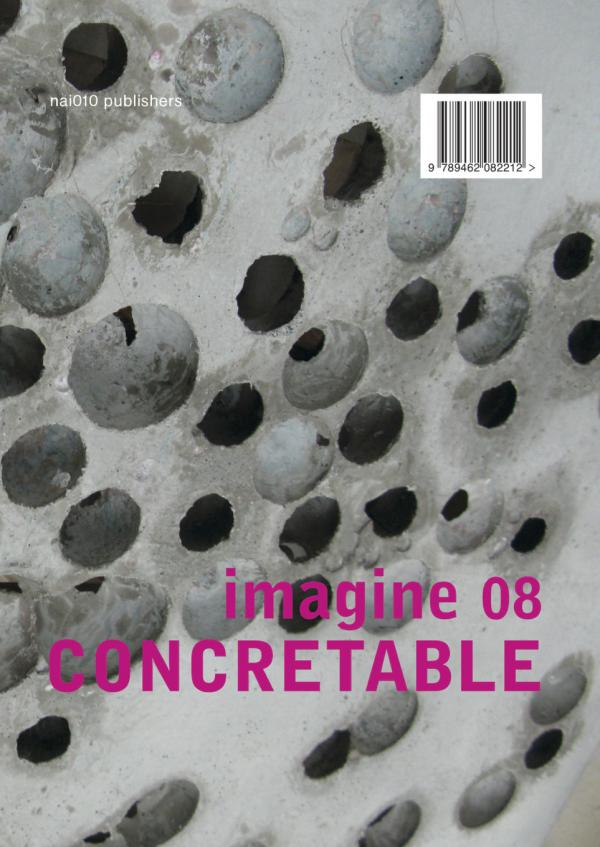
Synopsis
This volume of Imagine demonstrates in an impressive manner the many facets of the material concrete, and introduces unusual approaches for sustainable buildings. It becomes clear how, with concrete, we can expand the architectural design vocabulary and align it with today’s technical requirements. The authors document how creative collaboration and unconventional thought experiments between architects thinking outside the box and imaginative engineers can produce entirely new and surprising ideas for the use of the building material concrete. Herewith, concrete proves its transformation ability and great potential for innovation.
References
Chandler, A., Pedreschi, R. (2007). Fabric Formwork. London: RIBA Publishing.
Girmscheid, Kersting. (2011). "Rational schalen." Der Bauingenieur, Nr.11/2011, S. 50-51.
Heinle, Schlaich. (1996). Kuppeln aller Zeiten – aller Kulturen. Stuttgart: Deutsche Verlags-Anstalt.
Kind-Barkauskas et al. (2001). Beton Atlas. Berlin: Birkhäuser Verlag.
Kowalski, R.-D. (2001). Schaltechnik im Betonbau. Düsseldorf: Werner Verlag.
Manelius, A.M. (2012). Fabric Formwork - Investigations into Formwork Tectonics and Stereogeneity in Architectural Construction. (Doctoral Dissertation), Royal Danish Academy of Fine Arts.
Michel, M. (2012). "Electronic Controlled Adaptive Formwork for Freeform Concrete Walls and Shells." In: Müller, H.S., Haist, M., Acosta, F. The 9th fib International PhD Symposium in Civil Engineering. KIT Scientific Publishing, Karlsruhe.
Peer, A. (1998). "Der neue Zollhof in Düsseldorf. Innovative Schalung für ein außergewöhnliches Bauprojekt." beton, 48, Nr 9, S. 538−544.
Schmitt, R. (2001). Die Schalungstechnik: Systeme, Einsatz und Logistik. Berlin: Ernst & Sohn.
Stacey, M. (2011). Concrete: A Studio Design Guide. London: RIBA Publishing.





